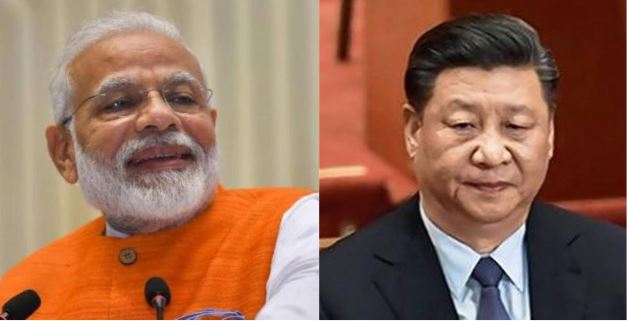The ongoing military stand-off between the Indian Army and the Chinese PLA is turning out to be an intense psychological war and India seems to be winning it. For China, its recent moves in Southern Pangong Tso seem to have been more about asserting its Asian hegemony. However, what Beijing couldn’t anticipate was that India would bring in the SFF, a covert commando force that recruits heavily from Tibetan exiles in India.
In fact, there has been a sense of restlessness among the Chinese strategic circles since the Galwan valley bloodbath, when India inflicted heavy casualties upon China. The Southeast Asian nations have also felt emboldened to stand up to Chinese bullying in the South China Sea ever since India gave a bloody nose to China at Galwan. Hence, China planned a major offensive in Southern Pangong Tso with the ambition of teaching India a lesson and sending a strong message to the ASEAN member-states.
Needless to mention China’s offensive actions have backfired. Today, India holds several dominating heights on the Southern bank of the Pangong Tso Lake. As per The Print, India is now holding 30 dominant heights in Southern Pangong Tso, which were earlier unoccupied. At a psychological level, India has successfully played the ‘Tibet’ card forcing China to go on the backfoot.
With the benefit of hindsight, it can be said that the Galwan Valley bloodbath was a turning point not only in the Eastern Ladakh standoff, but across all of China’s frontiers such as the South China Sea and the East China Sea.
In the post-Galwan phase, Beijing finds that it goes to the diplomatic table and the conflict zones with substantially lower bargaining power. For example, China has been pleading for a Code of Conduct (COC) in the disputed waterways of the South China Sea. This is at variance with Beijing’s usual defiance in observing rules of engagement in the highly contested maritime zone.
Similarly, when Tokyo stood up to Chinese threats of flooding the Japanese Senkaku Islands chain with fishermen, the paper dragon simply backed off.
Chinese strategic thinkers seem to believe that India’s befitting reply to Chinese aggression at Galwan on June 15 has blunted the paper dragon’s military hegemony in the Indo-Pacific region.
And not just Chinese military hegemony, New Delhi has successfully damaged Beijing’s economic heft also. Since the Galwan valley bloodbath, India has banned several Chinese apps, targeted China’s oil and shipping sectors, reduced imports through non-tariff barriers like custom checks and reduced role for Chinese companies in government contracts. India has been setting precedents for the world, which is why the US also targeted two major Chinese apps- TikTok and WeChat.
India itself has emerged as a leader to take on China. Within the Indo-Pacific, New Delhi is pushing everyone from the QUAD to ASEAN and Russia, to contain China in its own backyard. All these factors led China to launch a new offensive in Southern Pangong Tso, effectively opening up a new front in the ongoing Sino-India military confrontation in Eastern Ladakh.
However, India hasn’t only pre-empted the Chinese offensive, but has also raked up Tibet all over again. According to India Today, many in China have been left fuming over how the Indian Army personnel waved the Tibetan “Snow Mountain Lion Flag” at the site of confrontation in Eastern Ladakh. The video has gone viral on the Chinese social media, embarrassing the Chinese Communist Party (CCP) and its armed wing- the People’s Liberation Army (PLA).
China wanted to set an example with an unprecedented offensive in Southern Pangong Tso, but now it is left defending its position in Ladakh due to the increasing reference of Tibet in the global narrative. Now, even the US Democratic Presidential nominee is saying that he would meet the Dalai Lama and sanction Chinese officials for human rights violations in Tibet, if elected as the US President. As such Beijing finds it hard to stop Tibet from becoming an international issue.
At the same time, China has also realised that it cannot target India in Eastern Ladakh in order to send a message to Japan and the ASEAN in the Western Pacific. Therefore, Beijing is trying to threaten the ASEAN directly by warning it against backing the United States. It is becoming clearer that China has to revive its military stance in the South China Sea.
India’s success in pre-empting the Chinese action and drumming up the Tibetan cause are now forcing China to go soft in Eastern Ladakh, which is why the Chinese Defence Minister, General Wei Fenghe had to request a meeting with his Indian counterpart Rajnath Singh during the SCO summit in Moscow.
Who invited whom is always the right parameter to judge “Who’s winning?” in an armed struggle. https://t.co/s5yTkvmy57
— Atul Mishra (@TheAtulMishra) September 3, 2020
India has therefore decisively defeated China, at least in terms of psychological warfare in the Eastern Ladakh military standoff.

